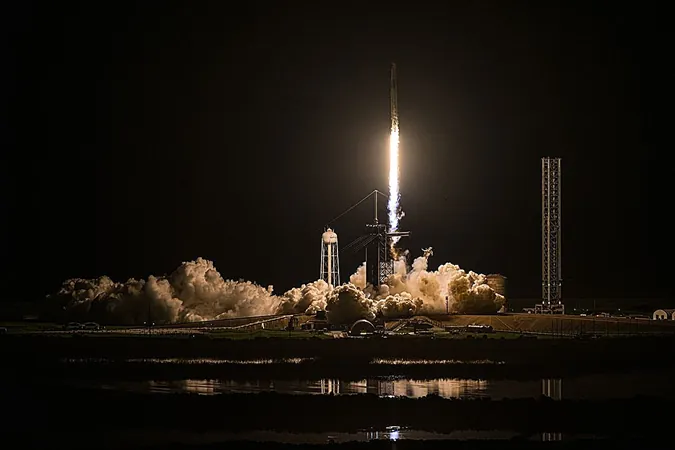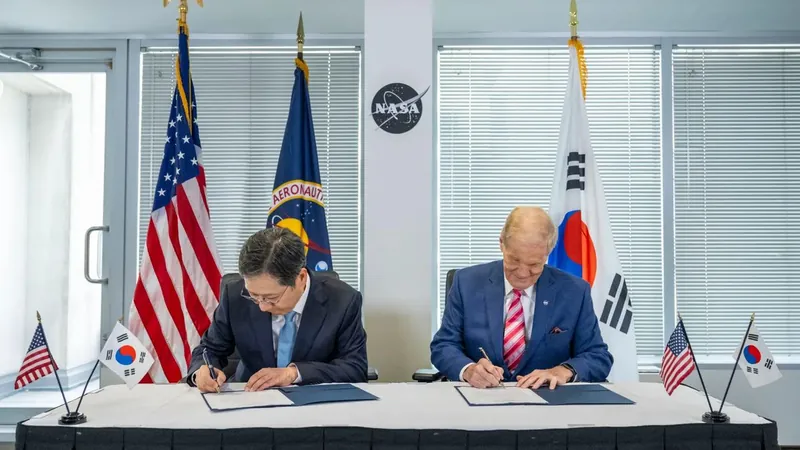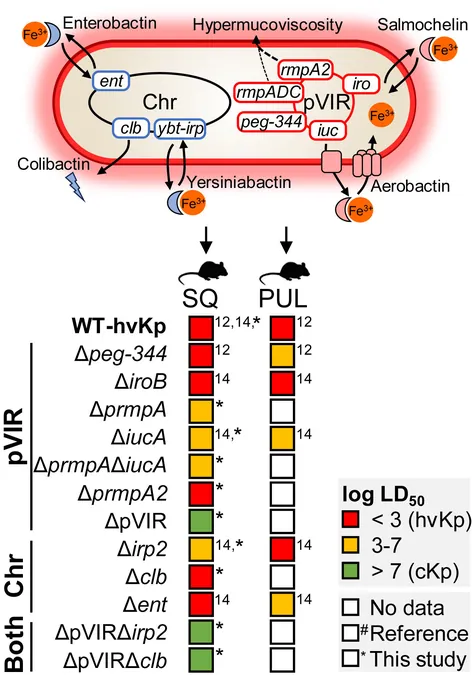
DryMerge: The Game-Changer Redefining App Integration with AI Magic!
2024-09-15
The Challenge of App Integration
In a world where myriad applications are essential to our daily work, the challenge of making them communicate seamlessly has long plagued non-technical users. Enter DryMerge—a promising new platform that aims to revolutionize app integration by using generative AI to bridge the gap between applications in a way that’s as easy as chatting with a friend.
Inception of DryMerge
Sam Brashears and Edward Frazer, two software developers familiar with the integration hurdles during their internships at tech titans like Meta and Stripe, recognized this significant gap in the market. They witnessed the struggle of efforts taken to create automation using existing platforms like Zapier and IFTTT, which often require technical prowess to function optimally.
“I’d endured the frustration of designing integrations and automations from scratch, and I knew there had to be a simpler way,” shared Frazer in a recent interview. Brashears echoed this sentiment, believing that generative AI could address the core issue in app integration: the effortless transformation of data across APIs.
How DryMerge Works
Thus, DryMerge was born—a streamlined, user-friendly platform that functions like a chatbot for building automation workflows. You can simply describe what you want, for example, “Whenever I receive an email from a new potential client, notify my team on Slack and add their information to HubSpot,” and DryMerge takes care of the complex backend processes.
“The current landscape often sees IT departments utilizing convoluted no-code tools to manage automation for non-technical teams,” Frazer explained. “With a natural language interface, we're unlocking automation potential for everyone.”
User Experience Testing
After hearing about this innovative concept, I decided to put DryMerge to the test, excited to potentially trade in my clunky old automations for a more efficient system. The interface of DryMerge boasts a clean, minimalistic design similar to that of ChatGPT, with user interactions revolving around conversational prompts.
DryMerge supports an ever-growing range of applications, from Gmail and Microsoft Outlook to Salesforce, as well as social media platforms like X (formerly Twitter) and messaging services such as Discord. Once automations are created, users can easily keep track of them, seeing when they last ran and whether there were any hiccups along the way.
Challenges Faced
I endeavored to set up several automations ideal for a journalist juggling multiple tasks—like aggregating Gmail contacts into a spreadsheet and adding event invitations to my Google Calendar. To start, the process was promising; DryMerge guided me through the login for each app and offered to test the automations for efficacy.
However, as I navigated through my trial, I faced some challenges. There were moments where DryMerge’s chatbot became unresponsive, and it often misunderstood my requests, confounding the merging of Gmail contacts and calendar entries. This was frustrating, but I’ve seen enough promise in the platform to not let those issues derail my overall experience.
Prospects of DryMerge
When it worked, DryMerge was impressive. For instance, I successfully automated the process of copying my posts from X to my personal Discord server, thereby reducing the number of apps I needed to juggle. While my use case was admittedly niche, it offered a tangible efficiency boost to a busy reporter.
Frazer assured me that DryMerge is working diligently to address these bugs. As the company currently operates with a small team of just two—Frazer and Brashears—they have a robust to-do list ahead. “We think we’re well-positioned to iterate quickly and efficiently,” he remarked.
Conclusion and Future Plans
As they work to refine the platform, the duo also faces the challenge of establishing their uniqueness in a competitive integration-platform-as-a-service (iPaaS) landscape, which is expected to reach $2.7 billion this year. Major players like AWS and IBM are all aggressively advancing their iPaaS offerings, making it crucial for DryMerge to stand out.
Frazer confidently states that the key to their success lies in offering a platform that is “10x easier to use” than traditional drag-and-drop integration tools. Their user base—which currently includes online retailers and school administrators—is comprised primarily of individuals who have never written a line of code, showing the demand for simple automation solutions.
With around 2,000 users already on board, DryMerge has recently gained traction after being accepted into Y Combinator’s Winter 2024 batch and closing a $2.2 million seed funding round led by Garage Capital, with participation from Goodwater Capital and others.
Frazer indicated that these funds will be employed to broaden their app integrations and to expand DryMerge’s team significantly in the coming months. With promising developments on the horizon, DryMerge could very well be the tool that future-proof non-technical users against the rigors of digital automation.
Stay tuned—if you struggle with app integrations, DryMerge may soon be at the forefront of your automation needs!



 Brasil (PT)
Brasil (PT)
 Canada (EN)
Canada (EN)
 Chile (ES)
Chile (ES)
 España (ES)
España (ES)
 France (FR)
France (FR)
 Hong Kong (EN)
Hong Kong (EN)
 Italia (IT)
Italia (IT)
 日本 (JA)
日本 (JA)
 Magyarország (HU)
Magyarország (HU)
 Norge (NO)
Norge (NO)
 Polska (PL)
Polska (PL)
 Schweiz (DE)
Schweiz (DE)
 Singapore (EN)
Singapore (EN)
 Sverige (SV)
Sverige (SV)
 Suomi (FI)
Suomi (FI)
 Türkiye (TR)
Türkiye (TR)